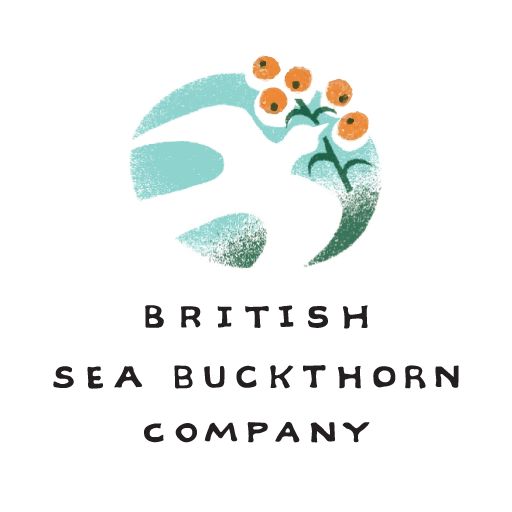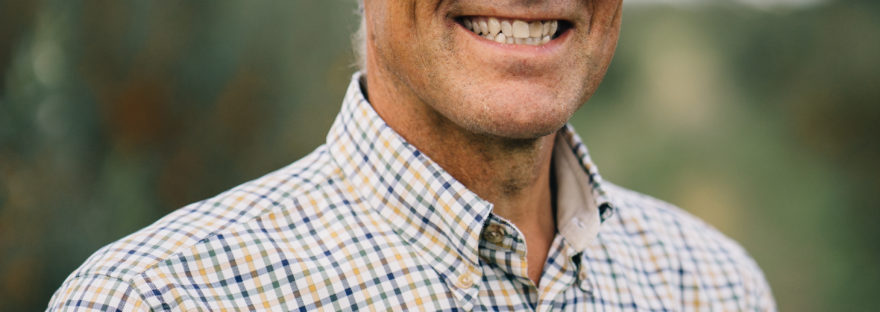Growing sea buckthorn at Devereux farm has been a steep learning curve. Our Siberian plants established in 2012 suffered 40% losses in 2014 through fungal diseases. Subsequent replanting in 2015 were successful and since then there has been no return of disease. I put this down to our organic management aimed at soil improvement, using both compost teas and composts over the years. It is the principle resource that I look to maintain the health of my plants.
Rainfall has become a very unpredictable variable. Last summer our sea buckthorn had to tolerate two months without rain up until the end of September. From then on the rain was incessant creating waterlogged soils until mid-March. I have considered this to be intolerable to sea buckthorn, but we do not seem to have lost any plants as a result.
As we are preparing a field for our new orchard it is being subsoiled to a depth of 1 metre. This cuts a slot forming each row, whilst also shattering the soil at a lower level. As we are told that climate change will give longer periods of drought I want our plants to develop roots that can source deep soil moisture. I believe the subsoil slot provides an easy route through our heavy clay soils, for new roots to grow to a good depth. It may not be conventional wisdom, but our weed control system cuts plant surface roots to encourage deeper rooting.
In 2012 we planted our orchard with varying plant spacing: at 0.8m, 1m, 1.5m and 2m. New plantings in 2015 had spacing of 1.5m, 1.75, 1.85, and 2m. Row widths also are variable across the site – being at 3m, 3.5m, 3.8m and 4m. Having invested in a tractor mounted Ladurna cultivator to control weeds around the plants it has been valuable to be able to see how practical these measurements are when using machinery. The conventional 2m plant spacing and 4m row width provides plenty of machine operation space, but when land is valuable fruit yield can be increased by increasing plant numbers per hectare. Hence our latest new orchard we will be planting with 1.8m plant spacing with 3.8m row widths. This tighter spacing increases plant numbers by 15% per hectare, whilst allowing ease of use of machinery and optimum light for the plants.
Producing fruit is our principle goal, but producing high quality sea buckthorn is our objective. This year I have already started applying foliar feeds. Following trials by Mishulina (1976) there are indications that trace elements of Iodine and boron increase vitamin C levels. Last year’s berry analysis indicated good results with vitamin C in Latvian varieties. This year I will follow the same foliar feed spray cycle but adding two additional sea weed extract applications. This will allow five applications pre harvest. Followed by one seaweed and two foliar feeds in August/September. I have to accept that berry quality is as much a product of variable weather as management intervention, but we will look forward to comparing the 2019 and 2020 berry analysis results as the means of developing consistent berry quality in future crops.

